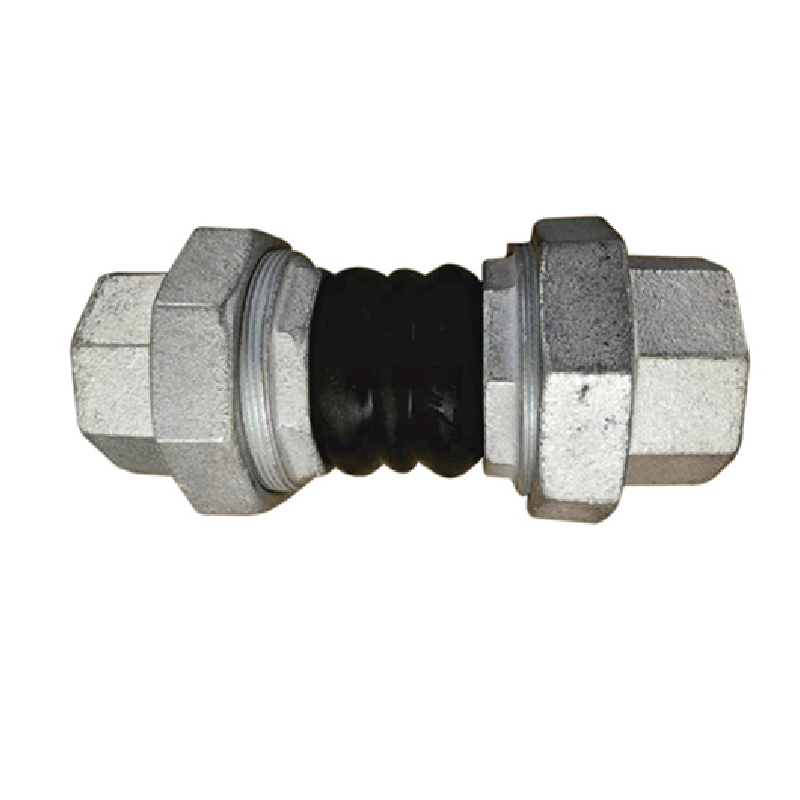9 月 . 23, 2024 15:23 Back to list
Threaded Ball Valve Design and Applications for Efficient Fluid Control Systems
Understanding the Threaded Ball Valve An Essential Component in Fluid Control
Threaded ball valves are a critical component in various fluid control systems, providing reliable and efficient regulation of liquid and gas flow. Their design allows for quick and easy installation and maintenance, making them a preferred choice in many applications across different industries.
What is a Threaded Ball Valve?
A threaded ball valve consists of a spherical ball with a hole through its center, which is mounted in a valve body. The ball can rotate within the valve body, allowing or blocking the flow of fluid depending on its orientation. The threaded connections on both ends enable secure attachment to pipelines, facilitating easy installation without the need for additional fittings or complex welding processes.
Key Features
One of the defining features of threaded ball valves is their simple and effective operation. The ball design ensures minimal resistance to flow when the valve is fully open, leading to low pressure loss. Additionally, when the valve is closed, the ball effectively seals the opening, preventing any leakage—this characteristic is particularly important in applications where fluid loss could lead to hazardous situations.
Threaded ball valves come in various materials, including stainless steel, brass, and PVC, allowing them to be tailored to specific applications and environmental conditions. For instance, stainless steel valves are commonly used in harsh environments, such as chemical processing plants, due to their corrosion resistance and durability.
Applications of Threaded Ball Valves
threaded ball valve

Threaded ball valves are used in a multitude of sectors, including oil and gas, water treatment, food and beverage, pharmaceuticals, and HVAC systems. In residential settings, they are commonly found in plumbing systems, providing convenient control over water flow. In industrial applications, these valves play a crucial role in managing fluid dynamics in processes such as heating, cooling, and chemical mixing.
In the oil and gas industry, threaded ball valves are indispensable. They are used to control the flow of crude oil, natural gas, and other fluids in pipelines and refineries. The reliability and quick operation of these valves are essential for maintaining safety and efficiency in energy production and transport.
Installation and Maintenance
One of the advantages of threaded ball valves is their ease of installation. They can be easily screwed onto existing pipe threads, reducing downtime during installation. Maintenance is relatively straightforward, requiring periodic inspections and potential replacement if wear and tear is observed. Regular maintenance ensures the valve functions efficiently and reduces the risk of operational failures.
When selecting a threaded ball valve, it is vital to consider factors such as the fluid type, pressure requirements, and environmental conditions. Choosing the right valve will enhance the system's overall performance and reliability.
Conclusion
In summary, threaded ball valves are essential components in the management of fluid systems across various industries. Their straightforward design, ease of installation, and reliable sealing capabilities make them ideal for controlling the flow of diverse fluids. As technology advances, threaded ball valves continue to evolve, integrating modern materials and designs to meet the increasing demands of various applications. By understanding their functionality and benefits, industrial and residential users can make informed decisions regarding fluid control solutions.
Share
-
Understanding the Differences Between Wafer Type Butterfly Valve and Lugged Butterfly ValveNewsOct.25,2024
-
The Efficiency of Wafer Type Butterfly Valve and Lugged Butterfly ValveNewsOct.25,2024
-
The Ultimate Guide to Industrial Swing Check Valve: Performance, Installation, and MaintenanceNewsOct.25,2024
-
Superior Performance with Industrial Swing Check Valve: The Essential Valve for Any SystemNewsOct.25,2024
-
Industrial Swing Check Valve: The Ideal Solution for Flow ControlNewsOct.25,2024
-
You Need to Know About Industrial Swing Check Valve: Functionality, Scope, and PerformanceNewsOct.25,2024